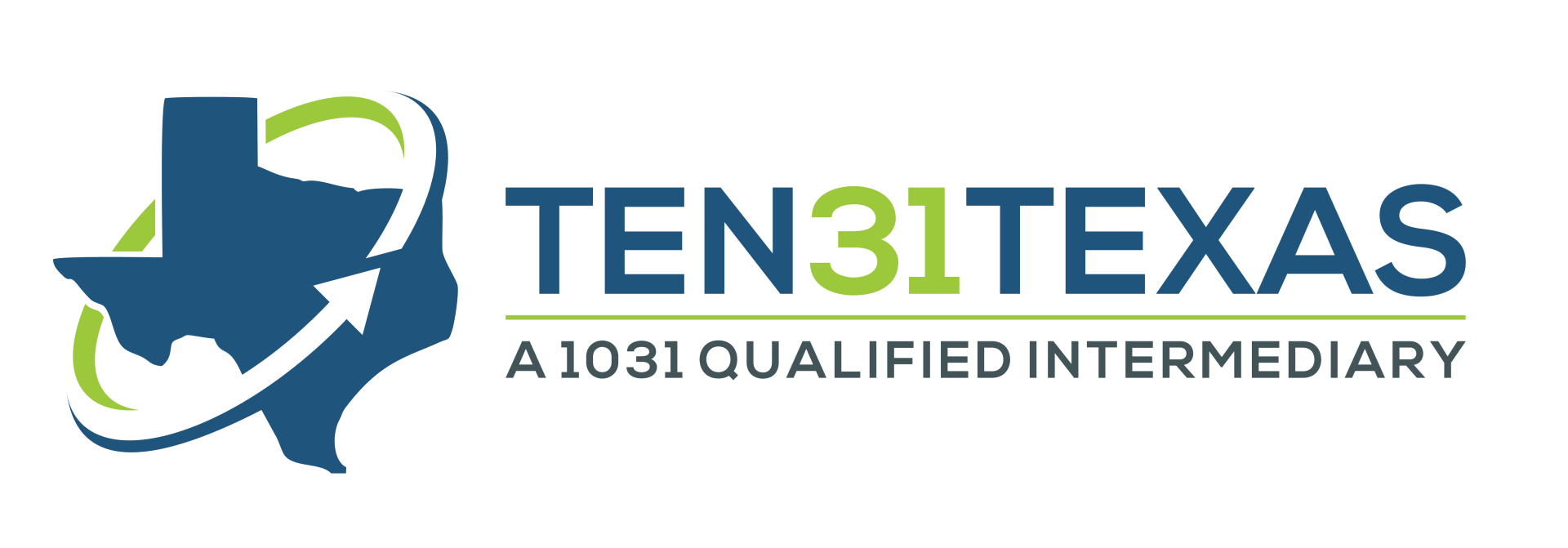Insights from the 2025 Economic and Real Estate Forecast
We recently attended the 2025 Capstone Title Economic and Real Estate Forecast with presenter Don Simoneaux from Waterloo Capital. If you are looking for one quote to set the stage for what this year will bring, we recommend using this one as your guide, “2025 will offer opportunities for those who are able to adjust and change with the times.” After hearing his presentation and forecast, we are excited to share noteworthy insights on the economy, markets, real estate and more.
Economic Forecast
The economy is always a key focus and Simoneaux shared a few critical factors that will play a role in how things unfold this year and beyond.
Government Policies
With the recent election results, there will be a few impacts on the economy with new governmental policies. The promise by the current administration of lower regulations, lower taxes and growth will have varying impacts on the economy and consumers. With the notions of deregulation across industries, there are a few institutions that would benefit, including banks, fintech and startups. These changes would create a favorable business environment. In conjunction with the favorable business environment, mergers and acquisitions, which Simoneaux noted have been static over the last several years, are expected to rise. There is also a push to cut government spending with attempts to find nearly $2 trillion worth cutting, but previous efforts have had mixed results, and it is projected it will be difficult to do this to the budget.
With other policies, specifically the introduction of tariffs, the effects could make it difficult to achieve growth initiatives. One of the focal points of the new administration is to increase domestic manufacturing. With the implementation of tariffs, production costs would rise for the U.S. manufacturers that use imported goods. This rise in costs then trickles down to consumer prices, likely causing increases. Simoneaux cited a Goldman Sachs chart depicting that 10% sweeping tariffs would be around a 1% GDP hit for the year. With GDP growth of around 6% in the last year, these impacts would push the nation toward a recessionary effect.
U.S. on the Global Stage
Another major factor in the economic outlook for 2025 is the continued dominance of the U.S. on the global economic stage. “U.S. markets have outpaced global markets in 8 of the past 10 years,” Simoneaux noted. This performance has no signs of stopping in the near future. There are a few reasons behind this dominance.
First, the market structure is innovative. 17 of the largest 20 companies are based in the United States and many of these companies are innovative market leaders, specifically excelling in efficiency, profitability and operational performance.
The second factor supporting the country’s economic standing is the global talent network, both in offering and attracting talent. With education and career opportunities, there are inflows of skilled workers creating a cycle of innovation and productivity, all of which help bolster a strong economy.
Third, is the rise of AI. In the U.S. market, AI has accelerated worker productivity whereas it is not always the case in the international market.
Real Estate Forecast
The real estate sector has experienced a tough few years. Since 2022, the Fed put into place a rate tightening, which increased interest rates the fastest since the early 1980s. In addition to these higher rates, COVID-19 restrictions and related factors to higher inflation increased construction costs. One of the concerns with these high interest rates in the coming five years is the rising income disparity. The 30-year mortgage rate has bounced between 6% and 8% since 2023, and while it currently stands at over 7%, they are a bit higher than was projected at the beginning of last year. “The fact that real estate has weathered a lot of these challenges points to the fact that real estate is a core foundational part of our economy,” Simoneaux highlighted.
Single Family and Multifamily Housing
Home prices across the nation are 50% higher than they were prior to the pandemic, stretching the gap in housing prices. Lower-income households and younger consumers are struggling with not only the high housing costs, but the impact of interest rates. High interest rates and housing unaffordability will hurt single-family housing markets and keep multifamily assets in favor. But despite a record number of apartments opening last year, vacancies were also elevated despite the strong demand.
Office Sector
The office sector, which has struggled in recent years with vacancies hovering around 19%, has started to show some signs of increasing leasing rates with new business development efforts and the work-from-home environment shifting back to a more traditional working environment. 83% of CEOs say they expect a full return to work in person in around three years, which will help the challenged office sector show improvements.
New Real Estate Projects
In terms of new real estate projects, there are expectations to see a 2% to 3% higher level of returns for these projects moving forward this year. While new real estate project completions are expected to be down about 50% this year, it will lead to an enticing supply and demand dynamic in 2026, where many of the projects breaking ground today will come into a market with less competition.
With a promising outlook and a few areas to take note of, we are looking forward to seeing how the year unfolds.
If you have any real estate questions or are planning your real estate investments for 2025 and beyond, let’s talk! A 1031 exchange might be in the cards for you.
Address
901 S. Mopac Exp, Bldg II, Ste 150
Austin, TX, 78746
Business Hours
Monday - Friday
9:00 AM - 5:00 PM
Central Time
Ten31 Texas, LLC

